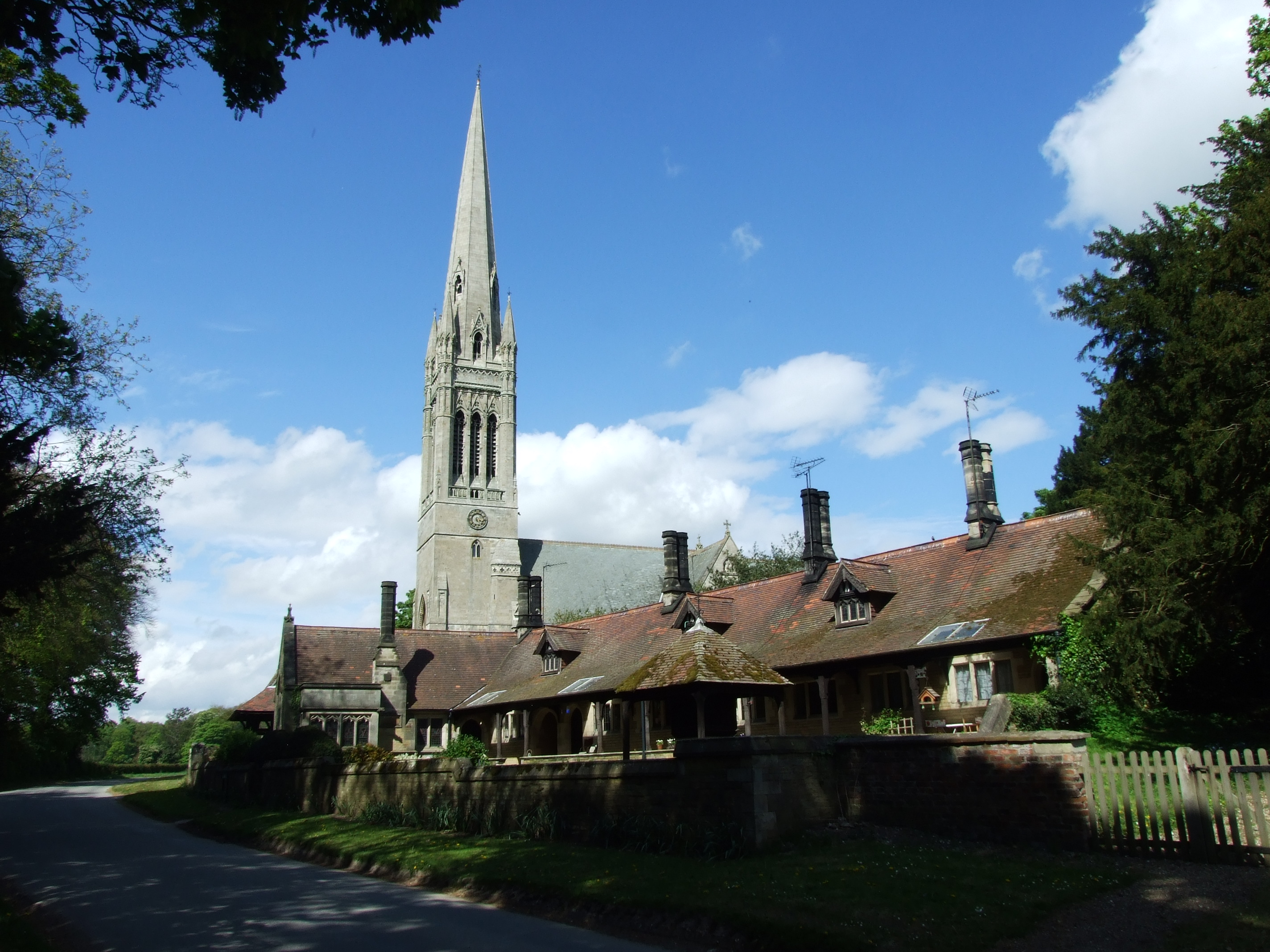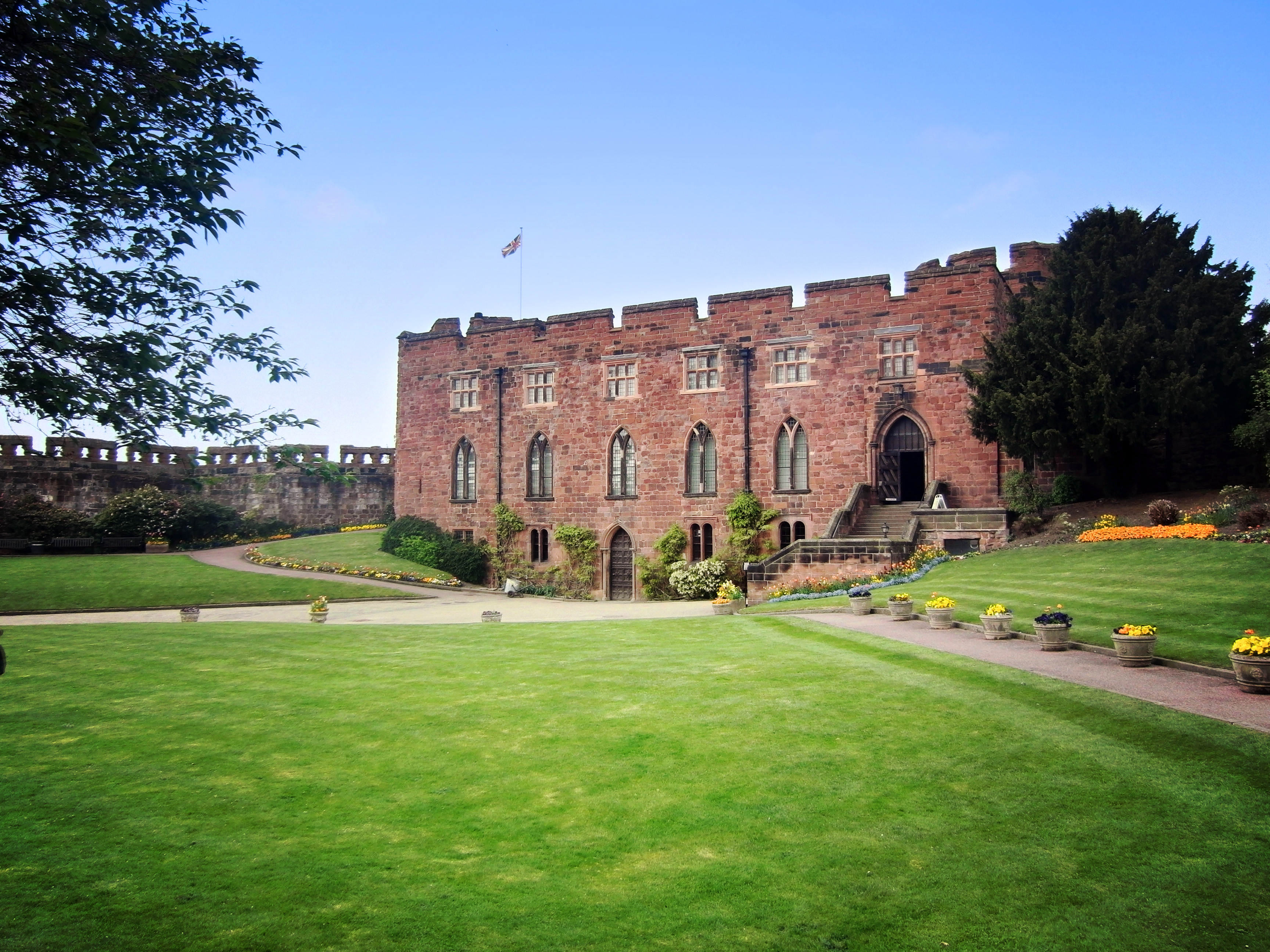|
Listed Buildings In Shrewsbury (outer Areas)
Shrewsbury is a civil parish in Shropshire, England. It contains nearly 800 listed buildings that are recorded in the National Heritage List for England. Of these, 14 are listed at Grade I, the highest of the three grades, 71 are at Grade II*, the middle grade, and the others are at Grade II, the lowest grade. Shrewsbury is the county town of Shropshire, it is a market town and the commercial centre for the county and for mid-Wales. It stands on the River Severn, and its centre is almost surrounded by a large curve in the river. The oldest substantial surviving buildings in the town are Shrewsbury Castle and Shrewsbury Abbey, together with a number of churches and the town walls. The town flourished commercially during the 13th century, mainly from the wool trade, and a number of friaries were founded. Two major bridges were built, the Welsh Bridge at the north of the town, linking its centre with the suburb of Frankwell, and the English Bridge to the east, li ... [...More Info...] [...Related Items...] OR: [Wikipedia] [Google] [Baidu] |
Shrewsbury
Shrewsbury ( , also ) is a market town, civil parish, and the county town of Shropshire, England, on the River Severn, north-west of London; at the 2021 census, it had a population of 76,782. The town's name can be pronounced as either 'Shrowsbury' or 'Shroosbury', the correct pronunciation being a matter of longstanding debate. The town centre has a largely unspoilt medieval street plan and over 660 listed buildings, including several examples of timber framing from the 15th and 16th centuries. Shrewsbury Castle, a red sandstone fortification, and Shrewsbury Abbey, a former Benedictine monastery, were founded in 1074 and 1083 respectively by the Norman Earl of Shrewsbury, Roger de Montgomery. The town is the birthplace of Charles Darwin and is where he spent 27 years of his life. east of the Welsh border, Shrewsbury serves as the commercial centre for Shropshire and mid-Wales, with a retail output of over £299 million per year and light industry and distribution centre ... [...More Info...] [...Related Items...] OR: [Wikipedia] [Google] [Baidu] |
Ditherington Flax Mill
Ditherington Flax Mill (promoted as the Shrewsbury Flaxmill Maltings), a flax mill located in Ditherington, a suburb of Shrewsbury, England, is the first iron-framed building in the world, and described as "the grandfather of skyscrapers",'Father of the skyscraper' rescued for the nation press release, undated, retrieved 27 May 2007 despite its five-storey height. Its importance was officially recognised in the 1950s,W. G. Rimmer, 'Castle Foregate Flax Mill, Shrewsbury' ''Transactions of Shropshire Archaeological Society'' LVI (1957–60), 49ff. resulting in it becoming a Grade I |
Aisle
An aisle is, in general, a space for walking with rows of non-walking spaces on both sides. Aisles with seating on both sides can be seen in airplanes, certain types of buildings, such as churches, cathedrals, synagogues, meeting halls, parliaments and legislatures, courtrooms, theatres, and in certain types of passenger vehicles. Their floors may be flat or, as in theatres, stepped upwards from a stage. Aisles can also be seen in shops, warehouses, and factories, where rather than seats, they have shelving to either side. In warehouses and factories, aisles may be defined by storage pallets, and in factories, aisles may separate work areas. In health club A health club (also known as a fitness club, fitness center, health spa, and commonly referred to as a gym) is a place that houses exercise equipment for the purpose of physical exercise. In recent years, the number of fitness and health se ...s, exercise equipment is normally arranged in aisles. Aisles are disti ... [...More Info...] [...Related Items...] OR: [Wikipedia] [Google] [Baidu] |
Clerestory
In architecture, a clerestory ( ; , also clearstory, clearstorey, or overstorey) is a high section of wall that contains windows above eye level. Its purpose is to admit light, fresh air, or both. Historically, ''clerestory'' denoted an upper level of a Roman basilica or of the nave of a Romanesque or Gothic church, the walls of which rise above the rooflines of the lower aisles and are pierced with windows. Similar structures have been used in transportation vehicles to provide additional lighting, ventilation, or headroom. History Ancient world The technology of the clerestory appears to originate in the temples of ancient Egypt. The term "clerestory" is applicable to Egyptian temples, where the lighting of the hall of columns was obtained over the stone roofs of the adjoining aisles, through gaps left in the vertical slabs of stone. Clerestory appeared in Egypt at least as early as the Amarna period. In the Minoan palaces of Crete such as Knossos, by contrast, lightwel ... [...More Info...] [...Related Items...] OR: [Wikipedia] [Google] [Baidu] |
Nave
The nave () is the central part of a church, stretching from the (normally western) main entrance or rear wall, to the transepts, or in a church without transepts, to the chancel. When a church contains side aisles, as in a basilica-type building, the strict definition of the term "nave" is restricted to the central aisle. In a broader, more colloquial sense, the nave includes all areas available for the lay worshippers, including the side-aisles and transepts.Cram, Ralph Adams Nave The Catholic Encyclopedia. Vol. 10. New York: Robert Appleton Company, 1911. Accessed 13 July 2018 Either way, the nave is distinct from the area reserved for the choir and clergy. Description The nave extends from the entry—which may have a separate vestibule (the narthex)—to the chancel and may be flanked by lower side-aisles separated from the nave by an arcade. If the aisles are high and of a width comparable to the central nave, the structure is sometimes said to have three naves. ... [...More Info...] [...Related Items...] OR: [Wikipedia] [Google] [Baidu] |
Sandstone
Sandstone is a clastic sedimentary rock composed mainly of sand-sized (0.0625 to 2 mm) silicate grains. Sandstones comprise about 20–25% of all sedimentary rocks. Most sandstone is composed of quartz or feldspar (both silicates) because they are the most resistant minerals to weathering processes at the Earth's surface. Like uncemented sand, sandstone may be any color due to impurities within the minerals, but the most common colors are tan, brown, yellow, red, grey, pink, white, and black. Since sandstone beds often form highly visible cliffs and other topographic features, certain colors of sandstone have been strongly identified with certain regions. Rock formations that are primarily composed of sandstone usually allow the percolation of water and other fluids and are porous enough to store large quantities, making them valuable aquifers and petroleum reservoirs. Quartz-bearing sandstone can be changed into quartzite through metamorphism, usually related to ... [...More Info...] [...Related Items...] OR: [Wikipedia] [Google] [Baidu] |
John Loughborough Pearson
John Loughborough Pearson (5 July 1817 – 11 December 1897) was a British Gothic Revival architect renowned for his work on churches and cathedrals. Pearson revived and practised largely the art of vaulting, and acquired in it a proficiency unrivalled in his generation. He worked on at least 210 ecclesiastical buildings in England alone in a career spanning 54 years. Early life and education Pearson was born in Brussels on 5 July 1817. He was the son of William Pearson, etcher, of Durham, and was brought up there. At the age of fourteen, he was articled to Ignatius Bonomi, architect, of Durham, whose clergy clientele helped stimulate Pearson's long association with religious architecture, particularly of the Gothic style. He soon moved to London, where he became a pupil of Philip Hardwick (1792–1870), architect of the Euston Arch and Lincoln's Inn. Pearson lived in central London at 13 Mansfield Street (where a blue plaque commemorates him), and he was awarded the RIBA R ... [...More Info...] [...Related Items...] OR: [Wikipedia] [Google] [Baidu] |
Samuel Pountney Smith
Samuel Pountney Smith JP (2 November 1812Obituary. Date stated to be his birthday. – 5 November 1883) was an English architect who practised in Shrewsbury, Shropshire, England. Smith was a native of Munslow, where he was baptised on 17 December 1812, Baptism register transcription in Corvedale The River Corve is a minor river in Shropshire, England. It is a tributary of the River Teme which it joins in the town of Ludlow, and which joins the River Severn at Powick near Worcester, England, Worcester. The valley it flows through is know ..., Shropshire, son of an innkeeper, Edward Smith and his wife Anne. He learned the trades of builder and architect with his uncle John Smalman Obituary. at Quatford near Bridgnorth, and came to Shrewsbury in about 1840 after working in the latter's business. The National Heritage List for England shows that his major works were mainly in Shropshire, with occasional works in the neighbouring county of Herefordshire. He also carried ... [...More Info...] [...Related Items...] OR: [Wikipedia] [Google] [Baidu] |
Shrewsbury Abbey - Geograph
Shrewsbury ( , also ) is a market town, civil parish, and the county town of Shropshire, England, on the River Severn, north-west of London; at the 2021 census, it had a population of 76,782. The town's name can be pronounced as either 'Shrowsbury' or 'Shroosbury', the correct pronunciation being a matter of longstanding debate. The town centre has a largely unspoilt medieval street plan and over 660 listed buildings, including several examples of timber framing from the 15th and 16th centuries. Shrewsbury Castle, a red sandstone fortification, and Shrewsbury Abbey, a former Benedictine monastery, were founded in 1074 and 1083 respectively by the Norman Earl of Shrewsbury, Roger de Montgomery. The town is the birthplace of Charles Darwin and is where he spent 27 years of his life. east of the Welsh border, Shrewsbury serves as the commercial centre for Shropshire and mid-Wales, with a retail output of over £299 million per year and light industry and dis ... [...More Info...] [...Related Items...] OR: [Wikipedia] [Google] [Baidu] |




Saunders_Quarry-1.jpg)


